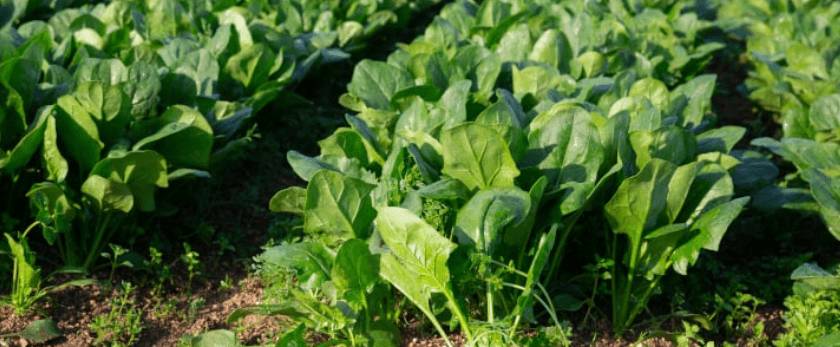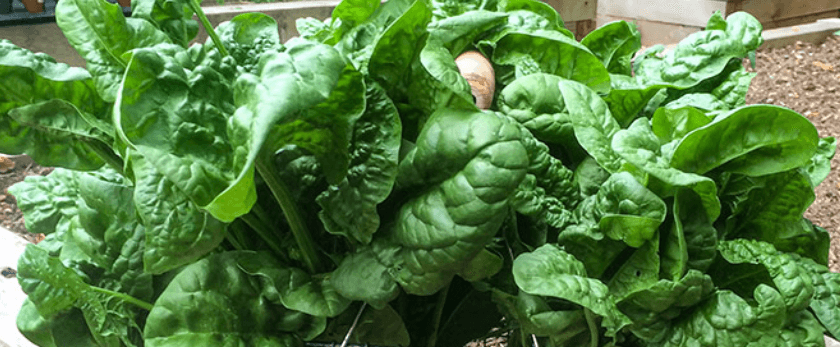Spinach is a versatile and nutritious leafy green vegetable that can be easily grown in your own backyard. Not only is it a great addition to any meal, but it also has numerous health benefits. Growing your own spinach is not only cost-effective, but it also reduces your carbon footprint by eliminating the need for transportation and packaging. In this article, we will discuss how to grow spinach in your own garden, including caring for it, the best time to grow, and common problems you may encounter.
Caring for Spinach
Watering
Spinach requires consistent moisture to thrive, but it is important not to overwater it. The soil should be kept evenly moist, but not waterlogged. Water your spinach plants deeply once or twice a week, depending on the weather and soil conditions. It is best to water in the morning to allow the leaves to dry off during the day, reducing the risk of fungal diseases.
Light
Spinach prefers cool temperatures and partial shade, making it an ideal crop for early spring or fall. It can also be grown in full sun, but it may bolt (produce flowers and seeds) quickly in hot weather. If you live in a warmer climate, consider planting spinach in a spot that receives morning sun and afternoon shade.
Soil
Spinach grows best in well-drained, fertile soil with a pH level between 6.0 and 7.0. Before planting, amend your soil with compost or well-rotted manure to provide the necessary nutrients. Avoid using fresh manure, as it can burn the plants. Spinach also prefers a slightly sandy soil, so if your soil is heavy, add some sand to improve drainage.
Fertilizer
Spinach is a heavy feeder and requires regular fertilization to produce healthy, abundant leaves. Before planting, mix in a slow-release fertilizer or organic compost into the soil. You can also use a liquid fertilizer every two weeks during the growing season to provide a continuous supply of nutrients.
Pruning
Pruning is not necessary for spinach, but you can harvest the outer leaves as needed, leaving the inner leaves to continue growing. This will ensure a continuous supply of fresh spinach throughout the growing season.

Best Time to Grow Spinach
Spinach is a cool-season crop and can be grown in both spring and fall. It is best to plant spinach when the soil temperature is between 40-75°F. In colder climates, you can start spinach indoors 4-6 weeks before the last frost date and transplant it outside once the soil has warmed up. In warmer climates, it is best to plant spinach in the fall when the temperatures start to cool down.
Common Problems with Spinach
Pests
Spinach is relatively pest-free, but it can be susceptible to aphids, slugs, and snails. To prevent these pests, keep your garden clean and free of debris, and use organic pest control methods such as handpicking or using natural predators like ladybugs.
Diseases
Spinach can also be affected by fungal diseases such as downy mildew and powdery mildew. To prevent these diseases, avoid overhead watering and provide good air circulation by spacing your plants properly. If you notice any signs of disease, remove the affected leaves and dispose of them properly to prevent the spread.
Bolting
Bolting is when the plant produces flowers and seeds prematurely, resulting in bitter-tasting leaves. This is caused by high temperatures and long daylight hours. To prevent bolting, plant spinach in the cooler months and provide shade during the hottest part of the day.
Conclusion
Growing your own spinach is a rewarding and sustainable way to add this nutritious vegetable to your diet. By following these tips on caring for spinach, choosing the best time to grow, and addressing common problems, you can enjoy a bountiful harvest of fresh, homegrown spinach. Remember to always use responsible disposal methods for any plant waste to contribute to a greener, more eco-friendly future. Happy gardening!










